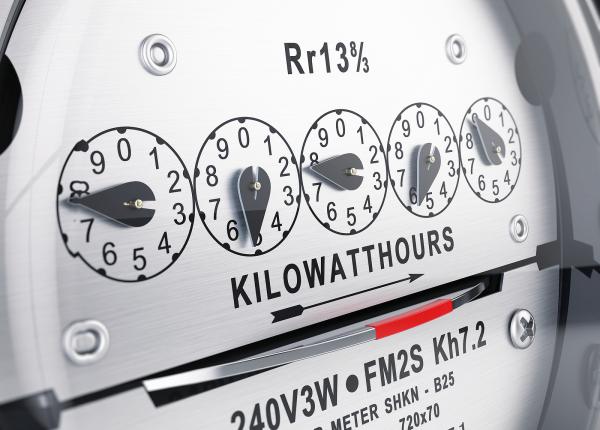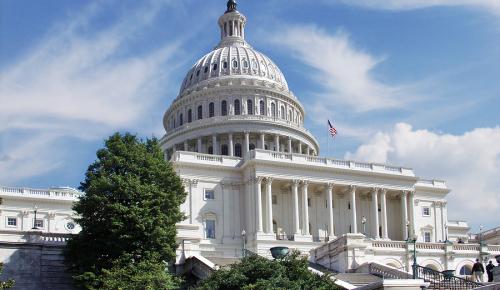Alternative Regulation
Synapse is actively engaged in alternative regulation proceedings across the country. We strive to establish frameworks that encourage utilities to innovate, operate more efficiently, and achieve public policy goals without inappropriately shifting risk to customers.

Overview
We provide policy guidance regarding alternative regulatory structures including:
- Performance-Based Regulation (PBR),
- Multi-Year Rate Plans (MRP),
- Performance Incentive Mechanisms (PIM), and
- Revenue decoupling.
Performance-Based Regulation, Multi-Year Rate Plans, and Performance Incentives
Comprehensive performance-based regulation plans include both multi-year rate plans and performance incentive mechanisms, all of which must be designed carefully to avoid shifting risk to utility customers. We work with our clients to identify the existing incentives that utilities face under the current regulatory framework, determine areas where performance could be improved, and propose creative solutions that deliver net benefits to customers while avoiding perverse incentives. We use a variety of in-house economic, financial, and statistical models to evaluate the impacts of utility proposals on customers, review the cost-effectiveness of various performance incentive mechanisms, and evaluate the financial implications associated with various utility cost recovery mechanisms.
Our work in this area includes:
- Evaluating whether alternative regulatory frameworks are appropriate
- Ensuring that regulated utilities are provided with meaningful financial incentives to reduce costs and increase efficiency through well-designed multi-year rate plans
- Assessing and designing performance metrics and incentives to encourage utilities to meet public policy goals such as resilience and decarbonization cost-effectively
- Proposing mechanisms to address the needs of low-income customers and support diverse energy resources such as energy efficiency and distributed generation
Revenue Decoupling
Revenue decoupling mechanisms sever the link between utility sales and revenues, meaning utilities no longer have to sell more and more electricity or gas to increase their profit. This reduces the financial disincentive that utilities experience regarding energy efficiency and other demand-side resources. Although decoupling mechanisms are an important tool in enabling broader implementation of demand-side resources, they can be designed in many ways. If not designed well, decoupling mechanisms can work against customers’ interests.
Synapse provides technical and policy support regarding revenue decoupling mechanisms, including providing recommendations regarding:
- Full versus partial revenue decoupling
- Revenue-per-customer approaches
- Caps on annual reconciliations
- Adjustments to a utility’s allowed return on equity to reflect changes in the utility’s risk profile
- Modifications to revenue targets between rate cases
Contact an Expert


Experience and Expertise in Alternative Regulation Proceedings
In recent years, Synapse has worked on alternative regulation issues in Rhode Island, Hawaii, Puerto Rico, Maine, Colorado, Connecticut, Nevada, New York, New Hampshire, Maryland, Massachusetts, Pennsylvania, and Washington DC. Many of these projects have included both participation in working groups and the development of expert witness testimony.
In 2017-2018, Synapse supported the Rhode Island Division of Public Utilities and Carriers (DPUC) in evaluating National Grid’s power sector transformation proposals, including its proposed PIMs. In developing our expert witness testimony, Synapse evaluated the benefits and costs of the utility’s proposal and the potential of the PIMs to achieve the state’s energy policy goals. We then worked with the DPUC to develop 13 alternative PIMs to improve system efficiency, support distributed energy resources, and empower customers.
In 2019 and 2020, Synapse provided the Maryland Office of the People's Counsel (OPC) with technical support in a proceeding to establish a framework for alternative ratemaking. Phase I of this effort focused on MRPs, while Phase II focused on PIMs. Synapse assisted OPC in developing positions and proposals, drafting comments, and actively participating in workshops. For the MRP framework, our efforts centered on methods for setting allowed annual revenue requirements and escalation rates, the design of earnings sharing mechanisms, operation of any reconciliation mechanisms, specifying utility reporting requirements, and proposing accompanying transparent planning processes. For the PIMs framework, we proposed a suite of metrics for assessing utility performance, some with and some without financial incentives. In both phases of this project, we strove to design mechanisms that align utility incentives with the public interest while mitigating information asymmetries and reducing risk to ratepayers.
Synapse is supporting the Hawaii Division of Consumer Advocacy in Docket No. 2018-0088. This work includes:
- Assessing the current regulatory framework and utility performance to identify priority areas for PIMs,
- Identifying and proposing metrics to measure utility performance in priority areas,
- Identifying areas where financial incentives are warranted and whether incentives should be symmetrical,
- Proposing methodologies for developing targets, verifying performance, and
- Addressing the appropriate magnitude of such incentives.


